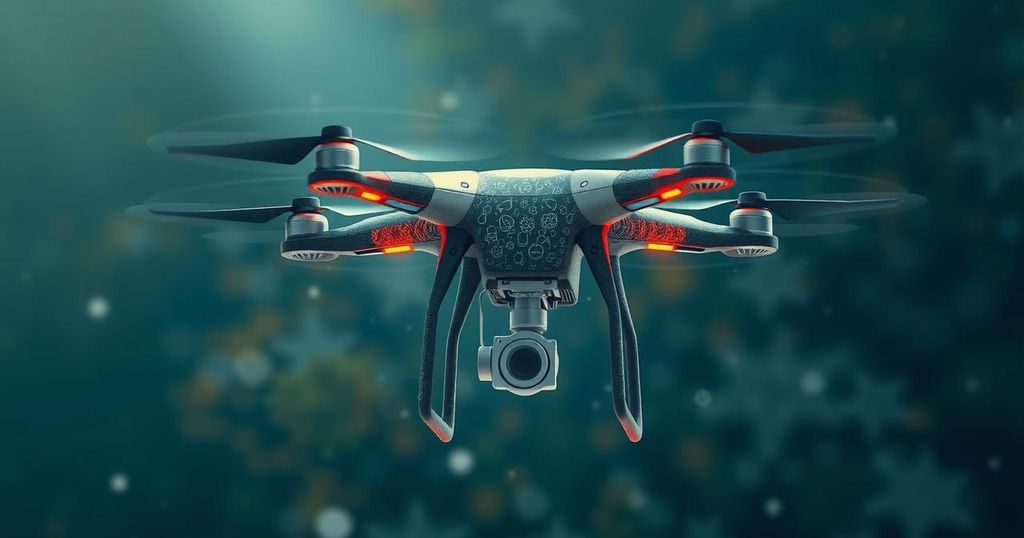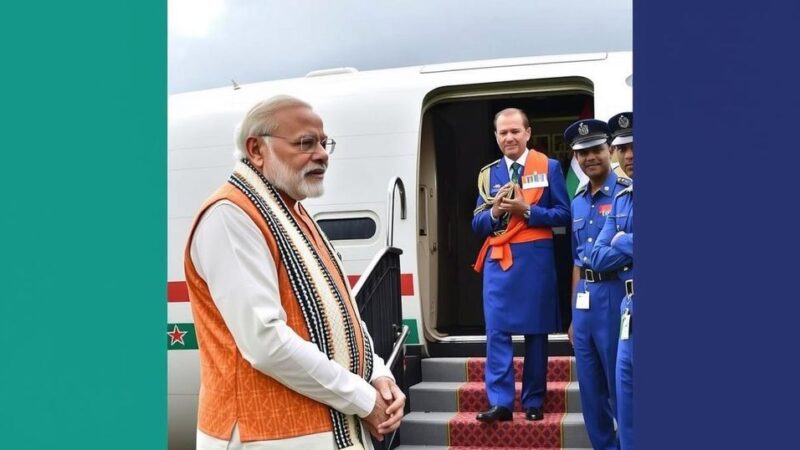The Combat Climate Change (C-3) UAV Project, a collaboration between Sweden and Colombia, officially launched during COP16, aims to utilize advanced unmanned aerial vehicles to monitor climate-related data. Led by key officials from both countries and supported by institutions such as EAFIT and KTH Royal Institute of Technology, the project seeks to enhance understanding and management of greenhouse gas emissions and ecosystem health, contributing to broader climate change mitigation efforts.
In a response to the pressing challenge of climate change, key figures from Sweden and Colombia have officially launched a groundbreaking initiative known as the Combat Climate Change (C-3) UAV Project. This initiative, spearheaded by Romina Pourmokhtari, the Minister for Climate and the Environment of Sweden, and Yesenia Olaya, the Minister of Science of Colombia, aims to facilitate comprehensive climate research through a newly developed unmanned aerial vehicle (UAV). The C-3 UAV project is a collaboration involving EAFIT University in Colombia, KTH Royal Institute of Technology in Sweden, and Saab, a prominent defense and security company. It was launched during COP16, with aims to create a UAV equipped with advanced sensors capable of gathering vital data regarding greenhouse gases such as carbon dioxide and methane, as well as assessing pollutants and aerosols present in the atmosphere. This UAV will also monitor the health of critical ecosystems, including the Amazon rainforest and agricultural areas, thereby identifying alterations in vegetation and soil conditions. By integrating UAV-acquired data with ground images and existing satellite information, the project aspires to contribute to extensive mathematical and AI-based predictive models designed to improve understanding and management of our planet’s climate dynamics. Minister Pourmokhtari emphasized the significance of this collaboration, noting, “We are pleased to announce this landmark initiative, which not only exemplifies the robust cooperation between Colombia and Sweden but also celebrates our shared commitment to technological innovation for environmental protection and monitoring.” Furthermore, Minister Olaya highlighted the project’s alignment with the Colombian government’s priority of climate change mitigation, stating, “Contributing to mitigating climate change is one of the priorities of President Petro’s government. Monitoring biodiversity and climate change will help us anticipate and find solutions from science, technology and innovation to the challenges that this poses.” The project signifies an opportunity for research engineers from KTH and EAFIT to collaborate internationally in the design and development of the UAV. Saab, through this project, has aimed to foster a Triple Helix model of cooperation that integrates scientific, societal, and market interests. As a leader in defense and security, Saab is dedicated to utilizing its technological expertise to address climate threats, striving for a safer and more sustainable global environment.
The C-3 UAV Project represents a collaborative effort between Swedish and Colombian institutions aimed at utilizing advanced unmanned aerial technology to combat climate change. The initiative emerges in response to the urgent need for effective monitoring and data collection regarding greenhouse gas emissions and ecosystem health, particularly in vulnerable areas such as the Amazon rainforest. The collaboration highlights how international partnerships can leverage technological advancements to address environmental challenges.
The Combat Climate Change (C-3) UAV Project is a significant collaborative effort between Sweden and Colombia that utilizes unmanned aerial technology to enhance climate monitoring and research. It exemplifies how international cooperation and innovation can offer practical solutions to combat the challenges posed by climate change, while also advancing our understanding of ecosystem health. By deploying advanced UAVs equipped with specialized sensors, the project aims to provide crucial data for developing predictive models that can significantly contribute to climate change mitigation strategies.
Original Source: www.saab.com






